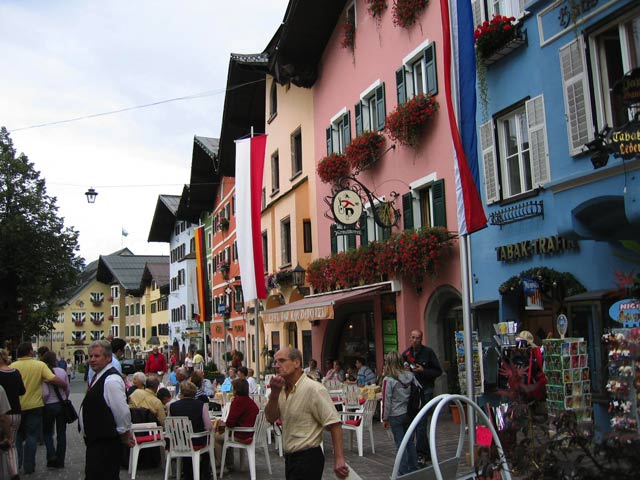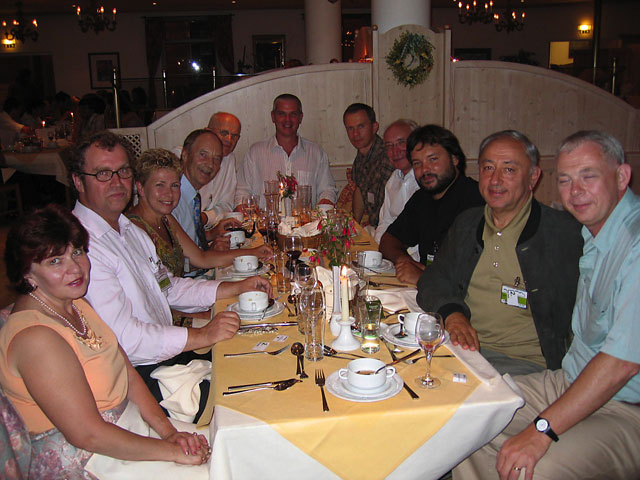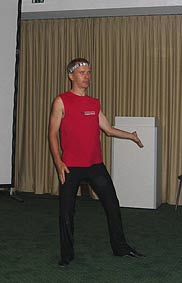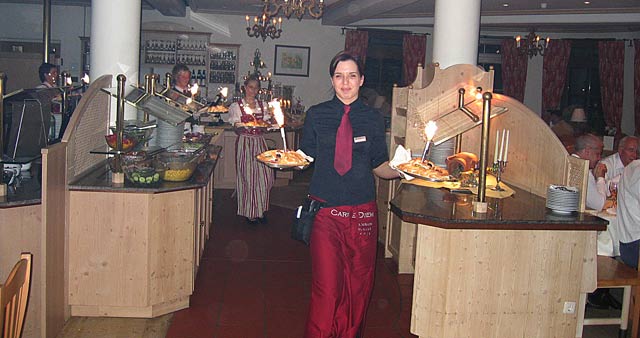Poster Session
Excursions
Press and TV
Links to official photo and students' photos
Ninety-seven students coming from thirty-three different countries attended the thirteen in the new series of the European School of High-Energy Physics, which took place in Kitzbühel, Austria, from 21 August to 3 September 2005.
Emmerich Kneringer from the University of Innsbruck was the local director of the School, co-chaired by Laurenz Widhalm from the Austrian Academy of Sciences, Vienna with Manfred Jeitler, also from Vienna as the third member of the local committee. In addition Andreas Salzburger was acting as a very efficient “assistant” to the local team. Mr. Otto Langer from the Kitzbühel Rotary Club also helped bringing the School to Kitzbühel and provided important links to the town authorities.
Short History.
Kitzbühel is a fascinating destination in the Alps and a charming town that has preserved the original character of its alpine chalets. It is a famous ski resort and the birthplace of Toni Sailer, three times Olympic Champion and seven times World Champion. Its major attraction is the ski slope "the Streif" on Hahnenkamm. Held on the steepest and most dangerous slopes it draws the biggest crowds of all ski races in the world. During Summer time for those who want to go up in the mountain world, the Kitzbühel area offers magnificent mountain scenery, beautiful countryside, a large choice of walks and treks of various lengths for every taste and level of ability. The lifts take hikers and walkers up to the start of the best mountain trails in the Kitzbühel Alps.
Kitzbühel first became part of the Tyrol in 1342 through the marriage of Margarete Maultasch to Bavarian Duke Ludwig The Brandenburger. After the death of her husband and the six-year war between Bavaria and Austria, however, Margarete relinquished her territorial claim to the Tyrol. About 500 years ago the Emperor Maximilian conquered Kitzbuehel and the fortification of Kufstein, thus incorporating Kitzbühel in Tyrol and the Habsburger empire.

Kitzbühel




